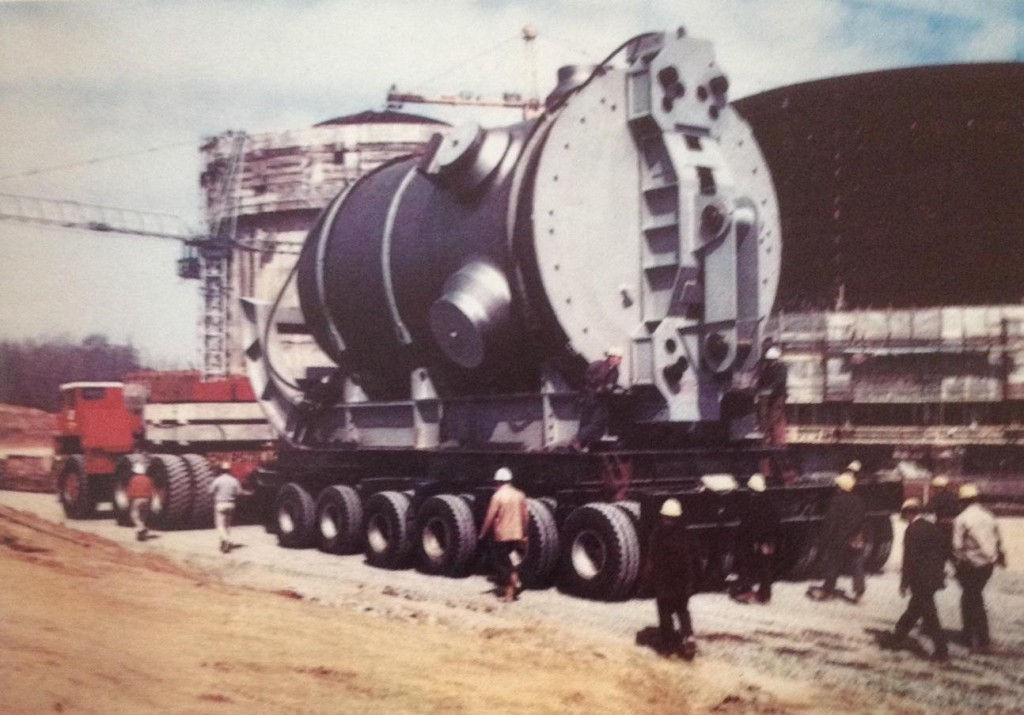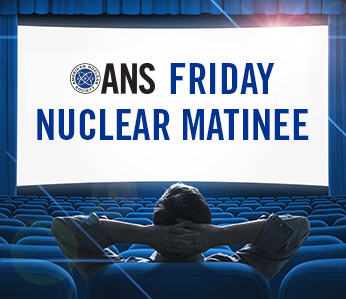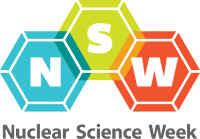
Shippingport Atomic Power Station as pictured in original press package; photo PR-19109
December 1957 would prove to be a month of firsts for the Shippingport Atomic Power Station; the plant had only recently been completed, and its new and novel reactor had only just achieved its first criticality on December 2nd. These were pioneering days, though - after all, the plant project had only been authorized in July 1953, some four and a half years earlier, give or take. Groundbreaking for the plant, after a selection process to decide who would partner with the Atomic Energy Commission (AEC) in the project happened on land provided by Duquesne Light Company in September 1954 with real construction work starting in March, 1955. Thus, the plant had been constructed in about two and a half years. In that spirit, operating the plant to see what it could do wouldn't wait for a battery of tests.
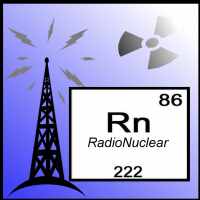 RadioNuclear host Doug Hardtmayer interviews ANS member Dr. Christopher Morrison, an Astro-Nuclear Engineer with Ultra Safe Nuclear Corporation. Dr. Morrison shares his story as well as some fascinating insights into how nuclear could shape the future of nuclear in space!
RadioNuclear host Doug Hardtmayer interviews ANS member Dr. Christopher Morrison, an Astro-Nuclear Engineer with Ultra Safe Nuclear Corporation. Dr. Morrison shares his story as well as some fascinating insights into how nuclear could shape the future of nuclear in space!

 I was honored to participate in a panel session on November 14, 2018, at the
I was honored to participate in a panel session on November 14, 2018, at the 
 ANS member Dr. Christopher Morrison was a recent guest on
ANS member Dr. Christopher Morrison was a recent guest on 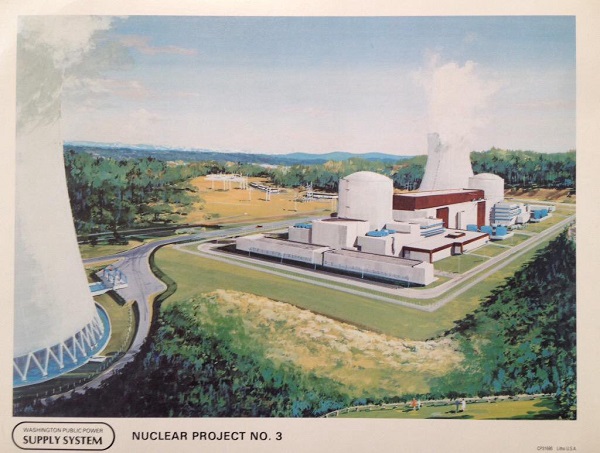
 The start of Marie Curie's story isn't like most of the other scientists that had made a name for themselves throughout history, mostly because she was a grown woman by the start of the 20th century. But she was the first woman to do a lot of things, including getting a Ph.D. from a university in France, and winning a Nobel Prize. She was also the first person ever to win a Nobel Prize in two different fields of science. To say she pushed the societal and scientific boundaries of her era is an understatement.
The start of Marie Curie's story isn't like most of the other scientists that had made a name for themselves throughout history, mostly because she was a grown woman by the start of the 20th century. But she was the first woman to do a lot of things, including getting a Ph.D. from a university in France, and winning a Nobel Prize. She was also the first person ever to win a Nobel Prize in two different fields of science. To say she pushed the societal and scientific boundaries of her era is an understatement.